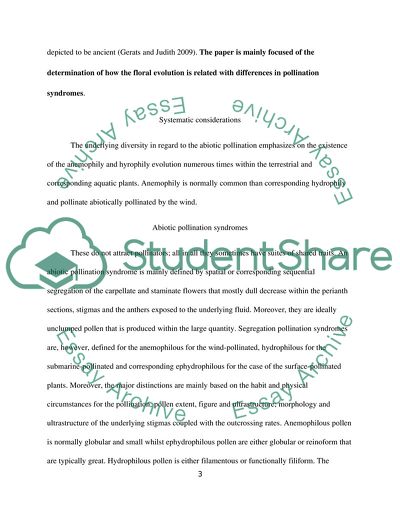Cite this document
(Floral Evolution Related With Differences in Pollination Syndromes Coursework, n.d.)
Floral Evolution Related With Differences in Pollination Syndromes Coursework. https://studentshare.org/biology/1826920-pollination-syndromes-floral-specialization
Floral Evolution Related With Differences in Pollination Syndromes Coursework. https://studentshare.org/biology/1826920-pollination-syndromes-floral-specialization
(Floral Evolution Related With Differences in Pollination Syndromes Coursework)
Floral Evolution Related With Differences in Pollination Syndromes Coursework. https://studentshare.org/biology/1826920-pollination-syndromes-floral-specialization.
Floral Evolution Related With Differences in Pollination Syndromes Coursework. https://studentshare.org/biology/1826920-pollination-syndromes-floral-specialization.
“Floral Evolution Related With Differences in Pollination Syndromes Coursework”. https://studentshare.org/biology/1826920-pollination-syndromes-floral-specialization.


